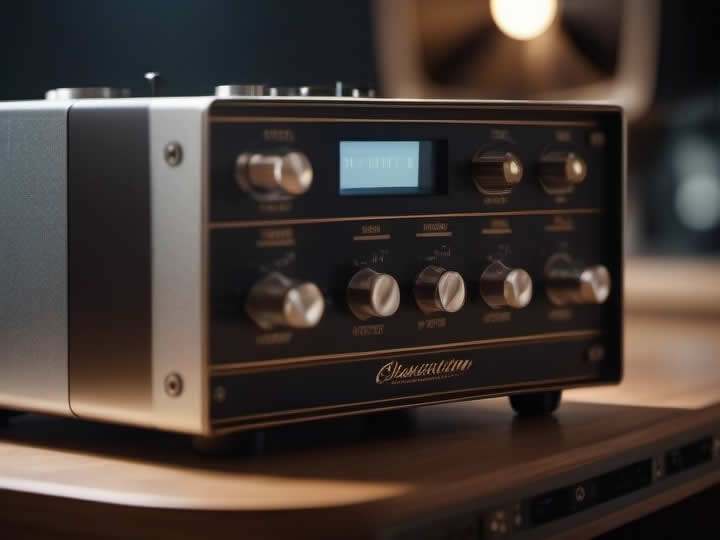文字のサイズ
- 小
- 中
- 大
Inverter competition key to BEV control and efficiency
The global automotive industry is becoming increasingly electrified, but in-car battery prices remain high, contrary to initial forecasts.

In addition, the cost of key components such as drive motors and inverters is also rising due to material shortages, supply chain issues, compliance with the US Inflation-Reduction Act (IRA) and tighter environmental regulations in many countries. Against this backdrop, the key to the electrification race is how to improve performance, including efficiency, while keeping BEV production costs low. In order to extend the range of BEVs (or reduce product costs by reducing on-board battery capacity), companies are working on improving on-board battery technology, reducing vehicle weight, as well as improving eAxle efficiency control and inverter technology, which is responsible for the overall energy efficiency of on-board equipment. Among other things, the efficient conversion of battery energy into kinetic energy through the switch from Si to SiC in the power module chip at the heart of the inverter. There is a clear trend towards the integration of DC-DC converters, on-board battery chargers (OBCs), high-voltage relays and other components into the inverter, known as ‘x in 1’.
In this second part of the Electric Vehicle Components Supply Chain and Competitive Landscape series, we take a look at ‘inverters’. As with the first report in the series, this report examines and analyses the related component industry, including the business development and competitive landscape of Tier 1 and Tier 2/3 suppliers for key components such as inverters, power modules, smoothing capacitors, reactors, DC-DC converters and heat sinks. A literature survey on the xEV inverter industry and related component industries, both domestic and international, and direct interviews with industry players will be conducted to report on industry challenges and the direction of future development.






